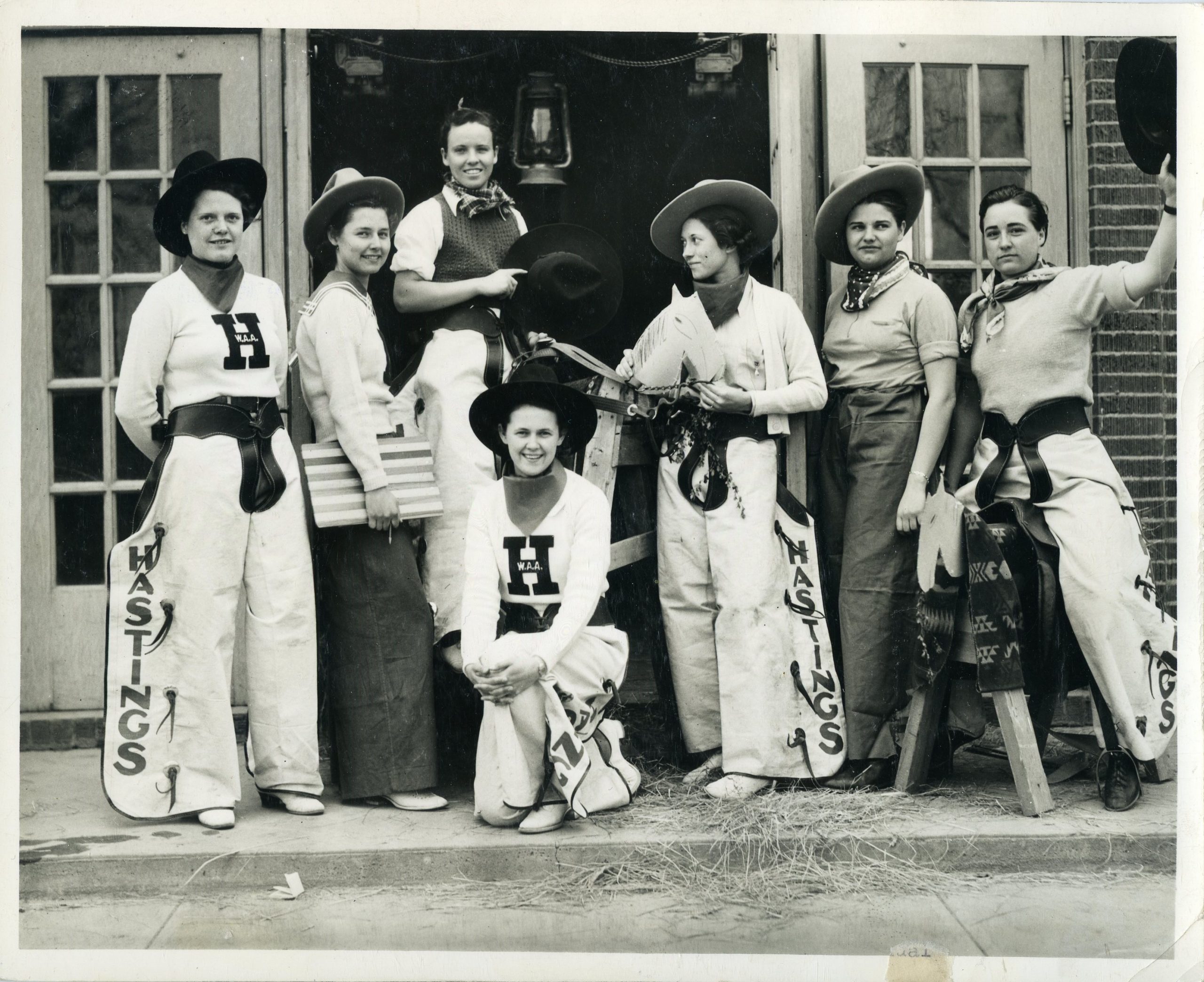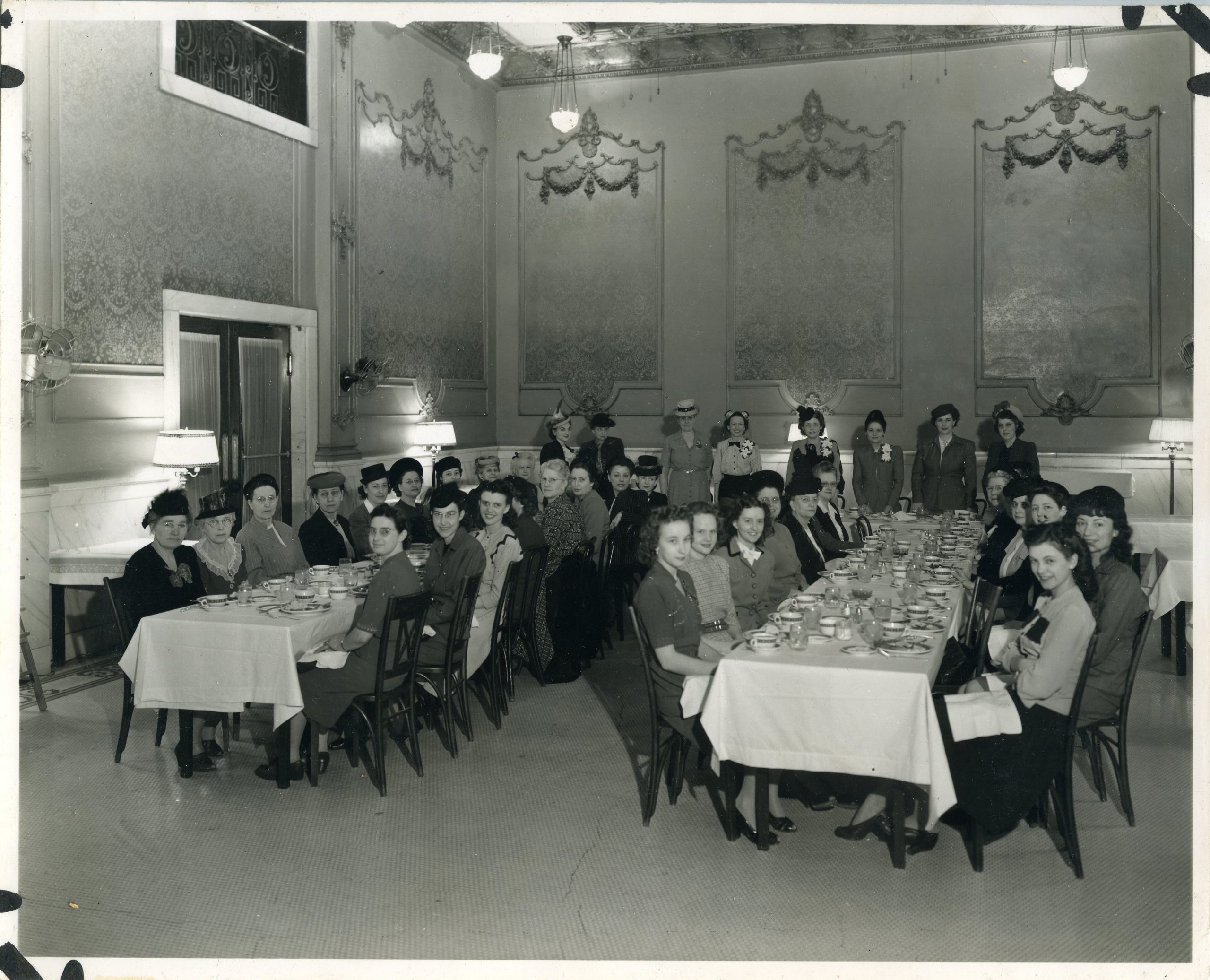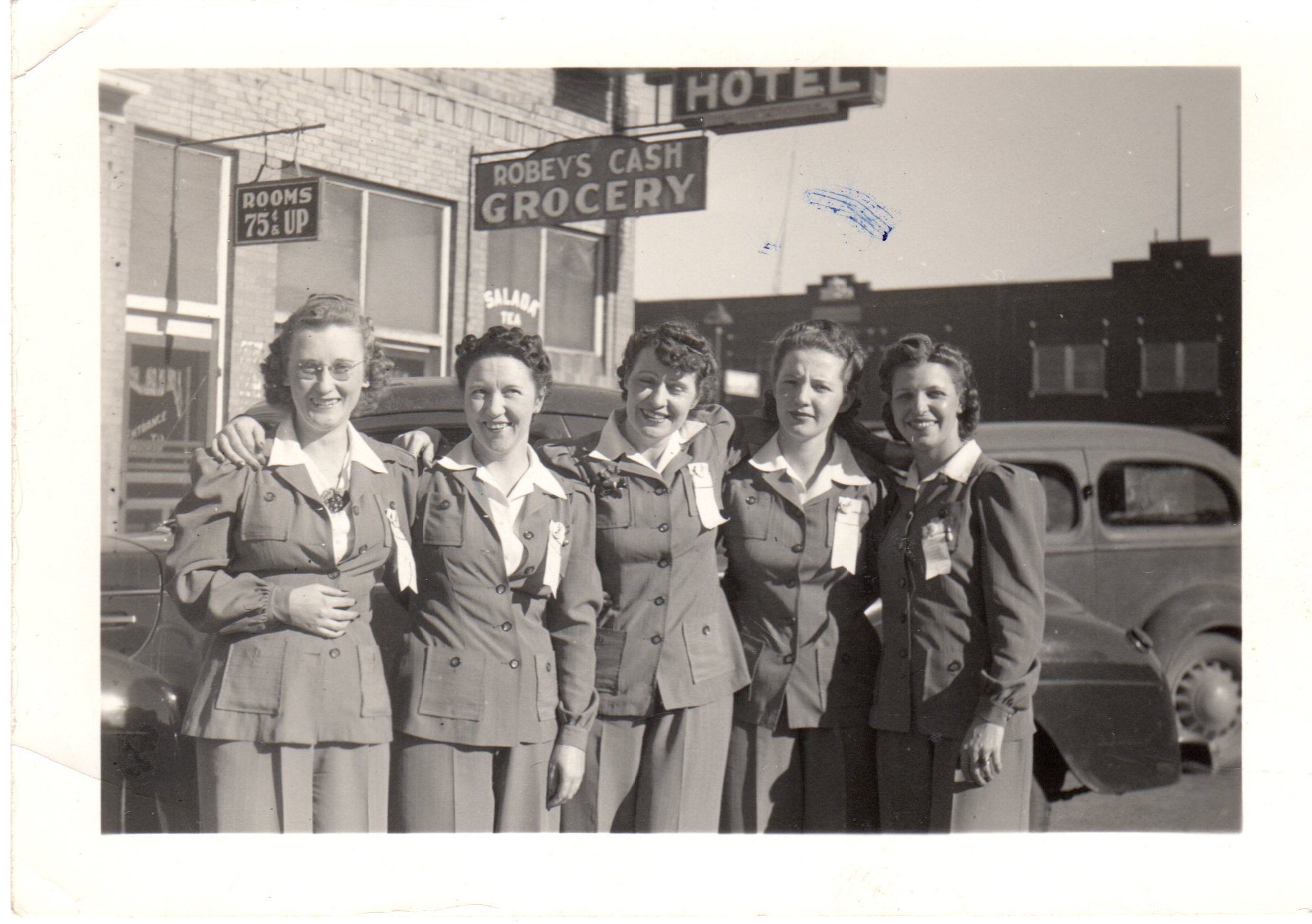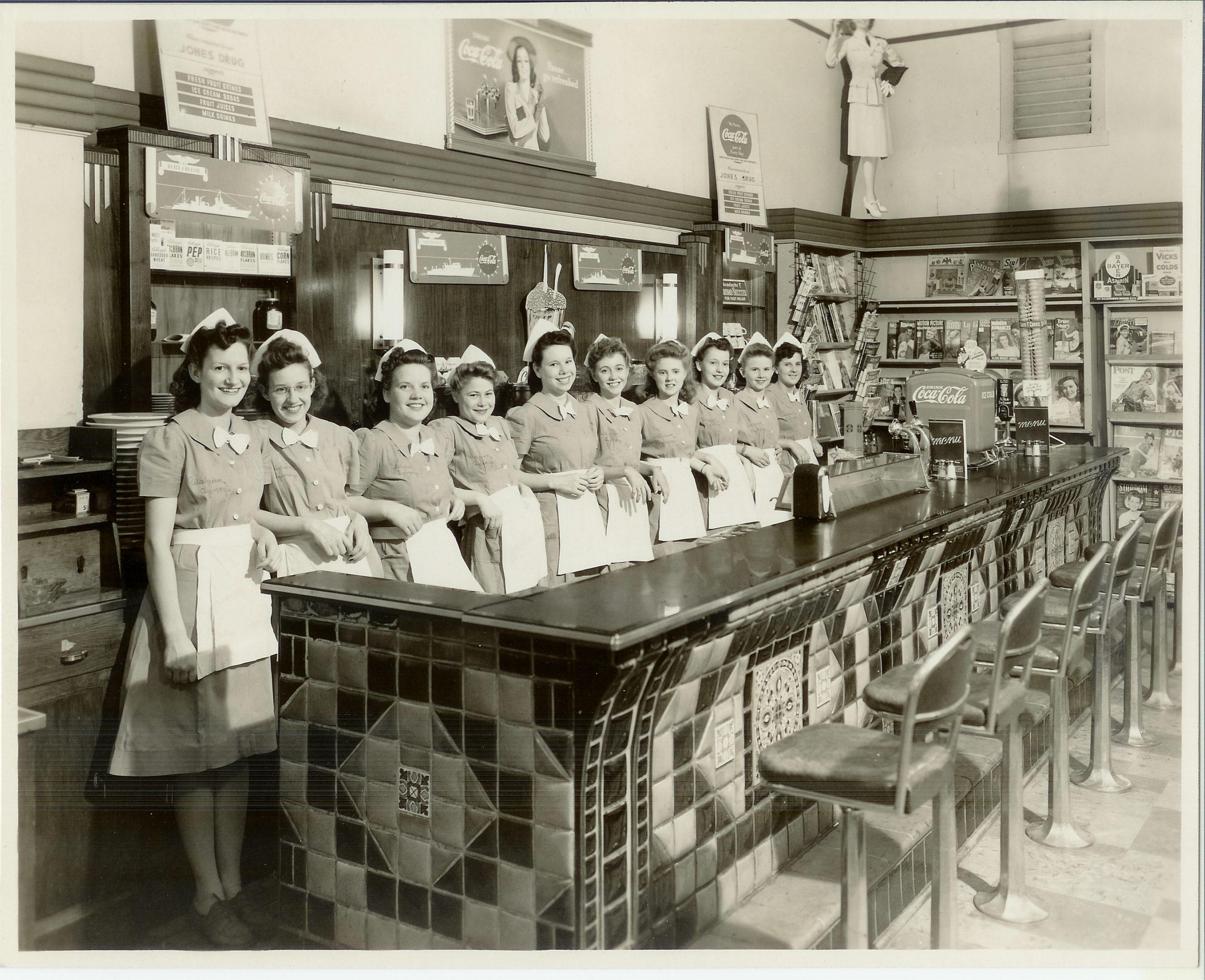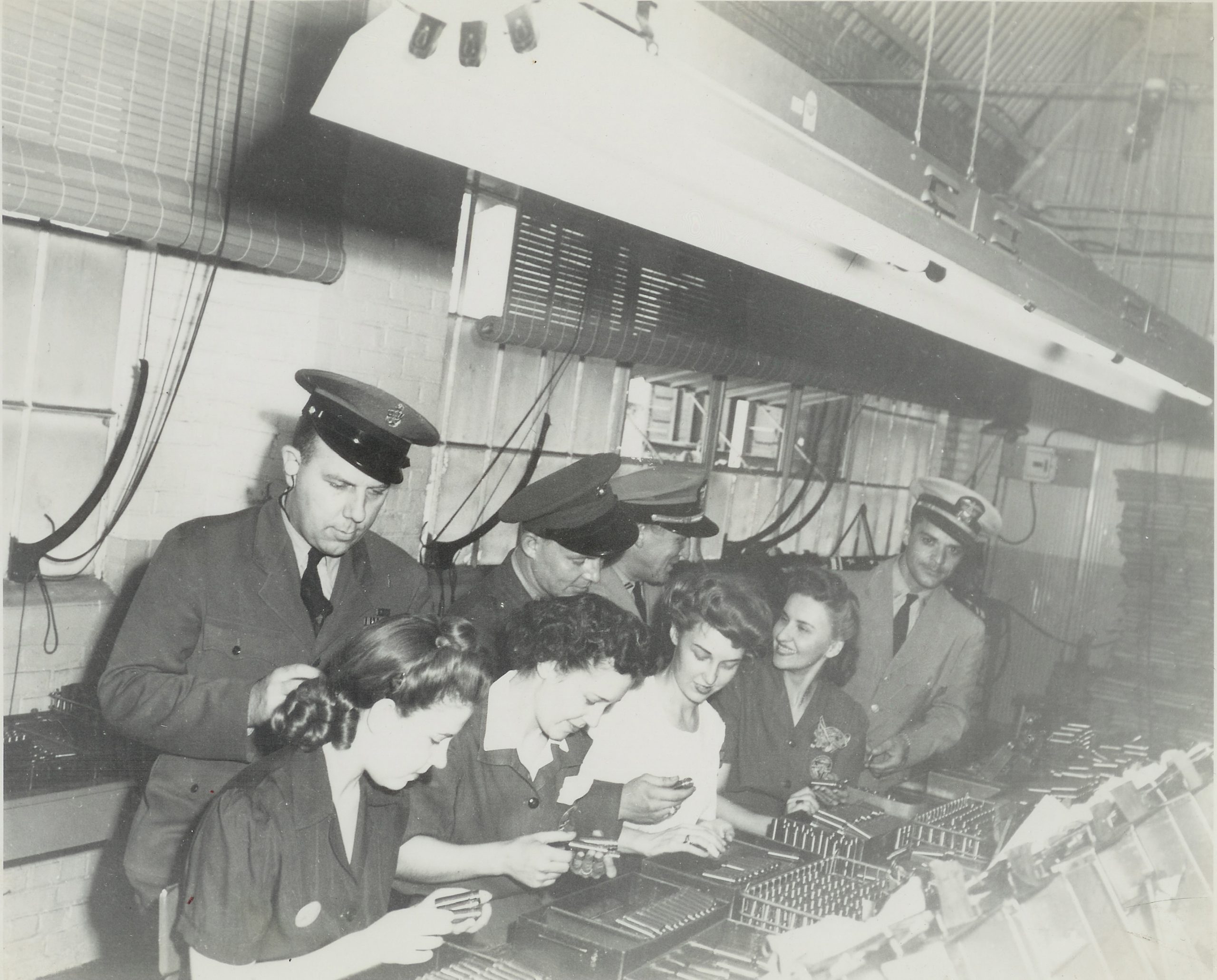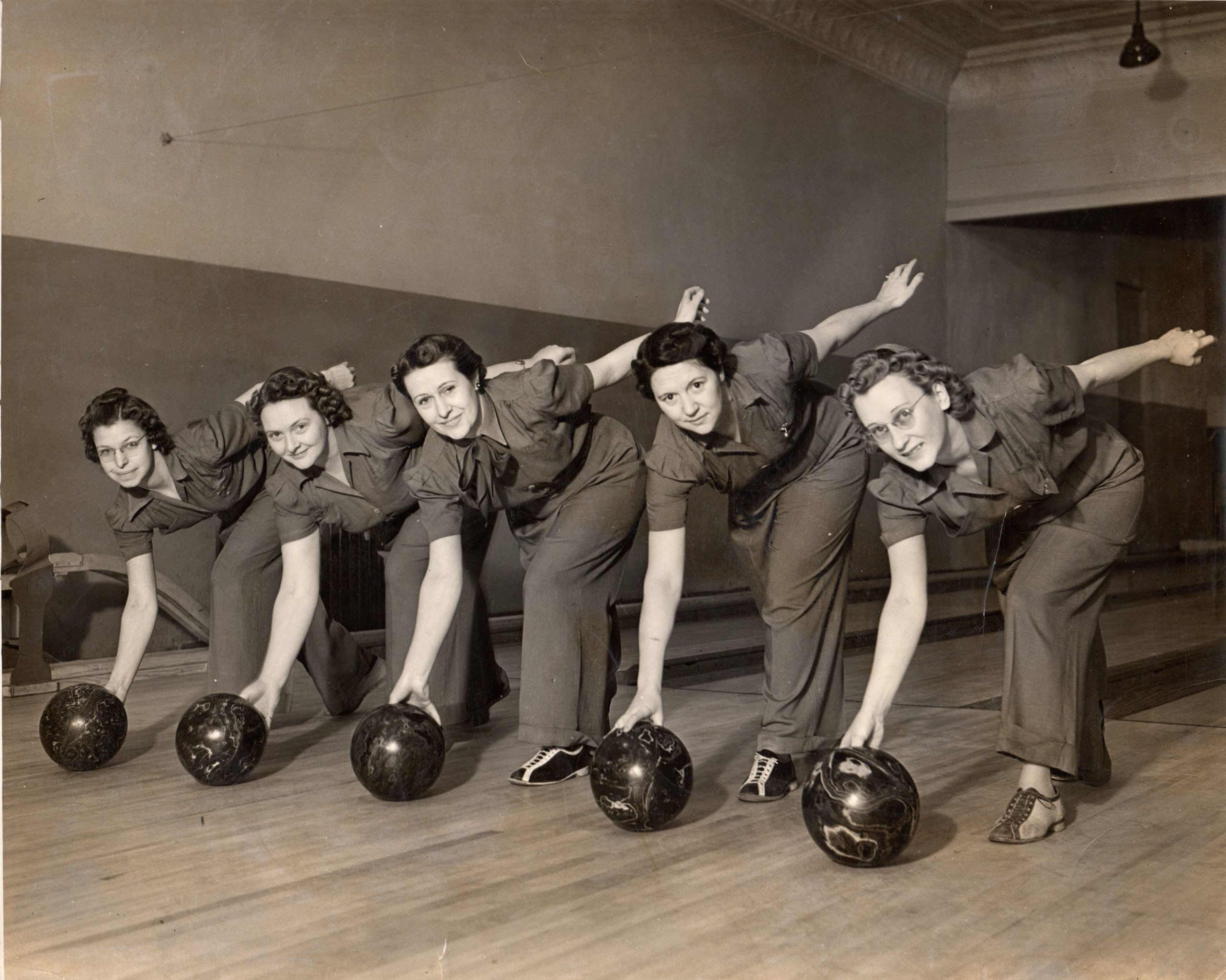Women & the Naval Ammunition Depot
As the United State entered World War II, the U.S. Government encouraged women to enter the workforce. In 1942, with the construction of the Naval Ammunition Depot (NAD), Hastings women were given an opportunity to do just that. At the height of production, the NAD employed more than 10,000 individuals, a large portion of them women. Native American and African American women, in particular, played a role.
When the Navy began construction, the Maxon Construction Company looked to the Rosebud Indian Reservation in South Dakota to make up a part of its workforce. They employed 150 Lakota in the construction process. While Lakota men worked in construction, Lakota women pitched tents, provided childcare, maintained campsites, and ensured comfort and stability for their families. More than 300 Lakota from the Rosebud Reservation would eventually work at the NAD.
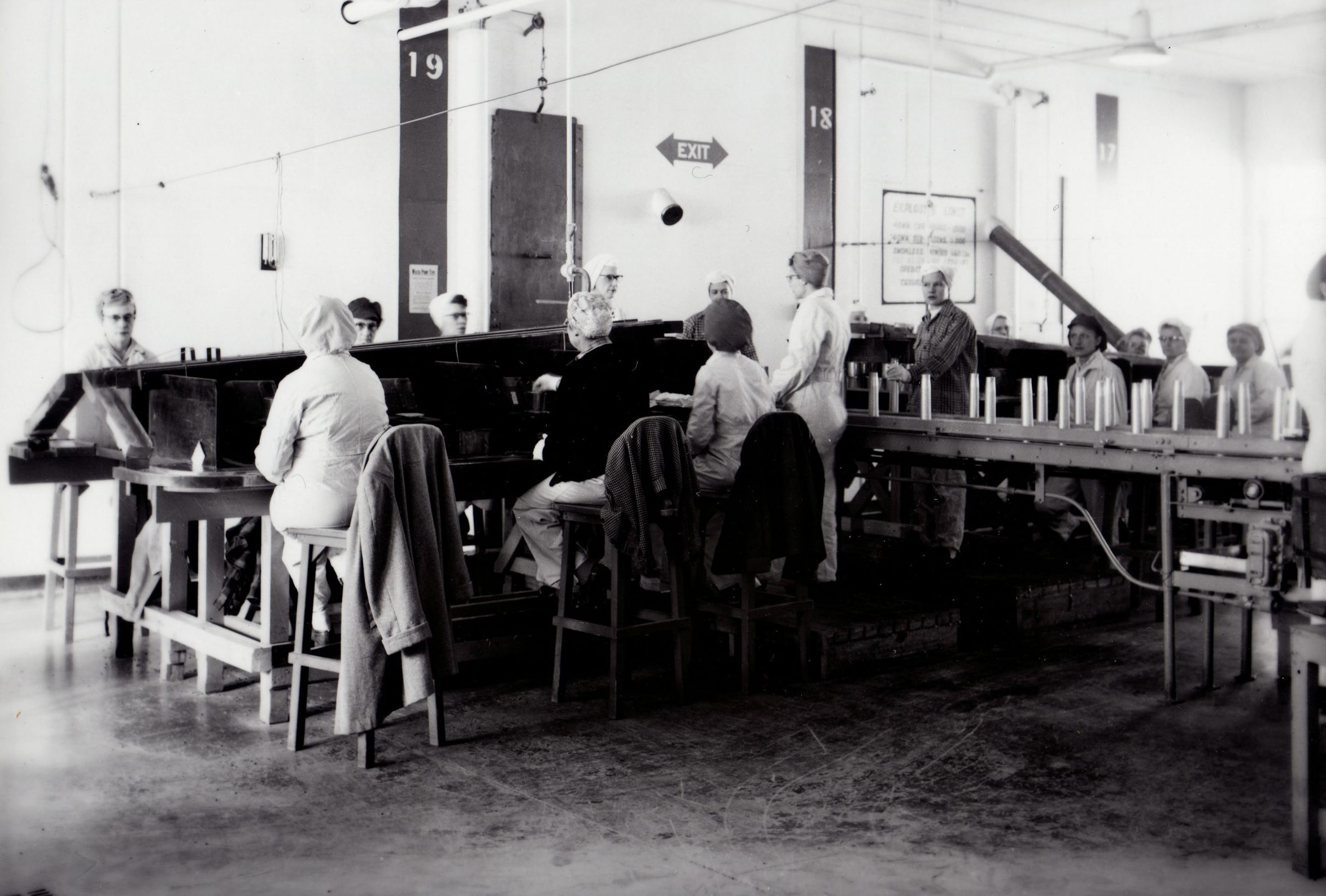
(above) Women working on 45mm shells at the Naval Ammunition Depot.
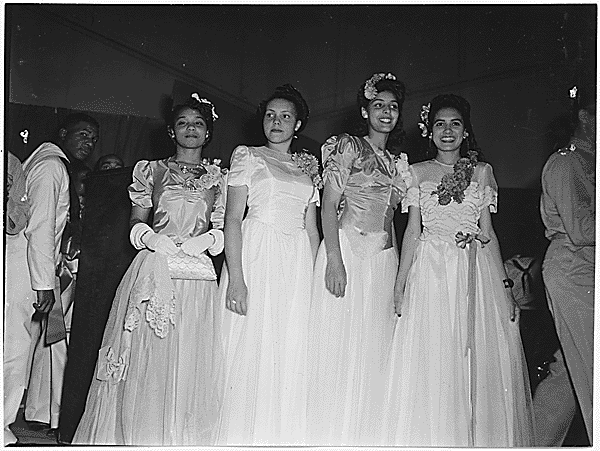
(above) Woo-woo girls.
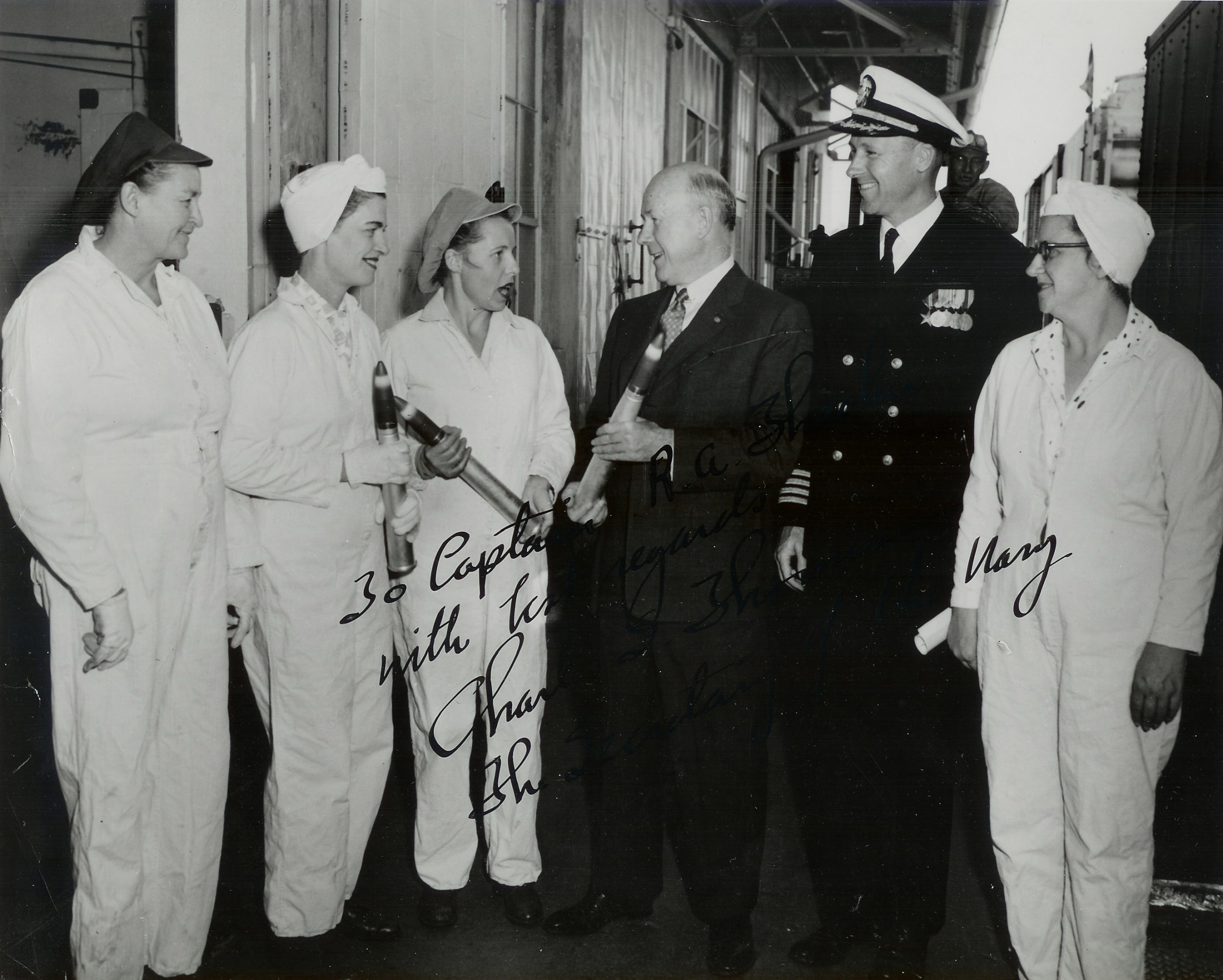
(above) Courtesy of Adams County Historical Society.
The NAD also significantly increased the African American population in Hastings, from 70 residents in 1940 to more than 1,000 by 1943. Over 1,250 African Americans worked at the NAD. Women were guaranteed employment if their husbands already worked at the NAD, but the only jobs available to them were as load line employees or cafeteria workers. African American women also provided entertainment to enlisted African American men. The United Service Organization (USO) bussed in women from Omaha and Lincoln to compete in beauty contests and dances beginning in 1943. Known as the “Woo-Woo Girls,” their presence directly corresponded with a series of civil rights demonstrations. They were seen as a way for the Navy to pacify African American enlisted men.

(above) Ellen Smith with Nebraska Library Commission’s bookmobile at Hastings Jubileeum Parade, 1939. Courtesy of Adams County Historical Society.
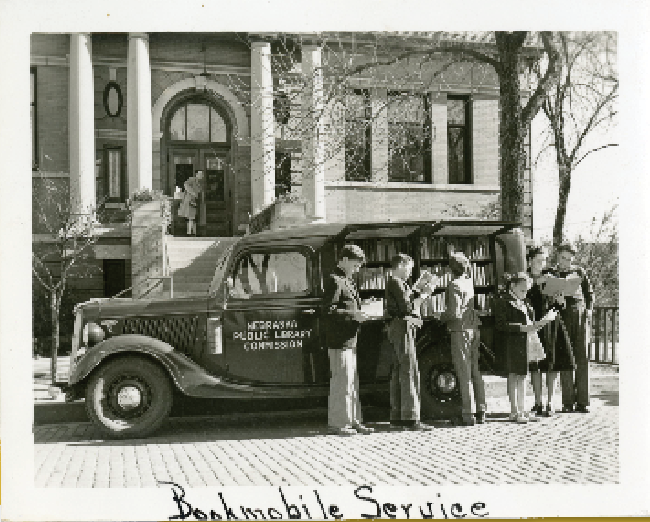
(above) Children with bookmobile, 1940s. Courtesy Hastings Public Library.

(above) Hastings Carnegie Library. Courtesy of Adams County Historical Society.
Ellen D. Smith
1884-1977
With the construction of the Naval Ammunition Depot, a new housing development, called Spencer Park, was established. Ellen and other library officials felt that it was important to look after the interests of the incoming residents and set up a library branch there in 1944.
After the death of her husband in 1927, Ellen moved her family to Hastings, where she accepted a position as head of the newly established Children and Young People’s Department of the Hastings Carnegie Library. She was chosen as head librarian in 1936.
In 1939, with Works Progress Administration funds (WPA), the Hastings Public Library was selected as the main library of a newly developed county system, with Ellen serving as the director. A bookmobile, on loan from the Library Commission, was used to bring library services and materials around the county. It had regular stops in Pauline, Ayr, Roseland, Holstein, Prosser, Juniata, Hansen, and Kenesaw.
After the success of the WPA project, Ellen continued to work toward providing library services to all citizens of Adams County. As part of the library’s wartime service, she and her staff assisted the Hastings Junior Chamber of Commerce in a “Victory Book Campaign.” The campaign was a nationwide effort to gather reading material for soldiers and sailors serving in the U.S. Armed Forces. It supplemented the Army and Navy libraries. Also during World War II, the library operated city branches at Mary Lanning Hospital, Sunnyside Nursing Home, and the fire station.
The Hastings Carnegie Library saw a lot of growth and expansion under the direction of Ellen. The book stock increased from nearly 4,000 volumes to about to 38,000. In addition, new programs such as story hour, Book Week, and Child Health Week were part of Ellen’s progressive ideas. She retired as head librarian in 1957, but remained active with the library, serving as a consultant to the Hastings Library Board.
Dr. Elinore Barber
1919-2013
Elinore grew up in Salina, Kansas. She received a bachelor’s degree in 1941, with high honors in music and English literature. In 1942, she got her master’s degree, and in 1960, a Ph.D.
In 1944, Elinore moved to the area to work at Hastings College. During her time here, Dr. Barber studied with Nobel Peace Prize winner Albert Schweitzer and they became long-time personal friends.

Dr. Constance Malloy, Dr. Antje Anderson, and Dr. Elinore Barber, 2008. Courtesy of Hastings College.
She directed the fundraising and volunteer efforts for Dr. Schweitzer’s missionary medical center in West Africa by working with different women’s church groups in Hastings.
She was a member of the music faculty until 1969, when she left to become a music professor at Baldwin Wallace College in Ohio.
Elinore returned to Hastings in 1998 and became Hastings College’s historian and archivist. She founded and was the editor of Rerun Scriptor, a biannual publication of historical information about Hastings College. In 1999, Elinore was awarded Professor Emertia status and was inducted into the prestigious Pro Rege Society in 2001 for her extraordinary service to Hastings College over an extended period of time.


